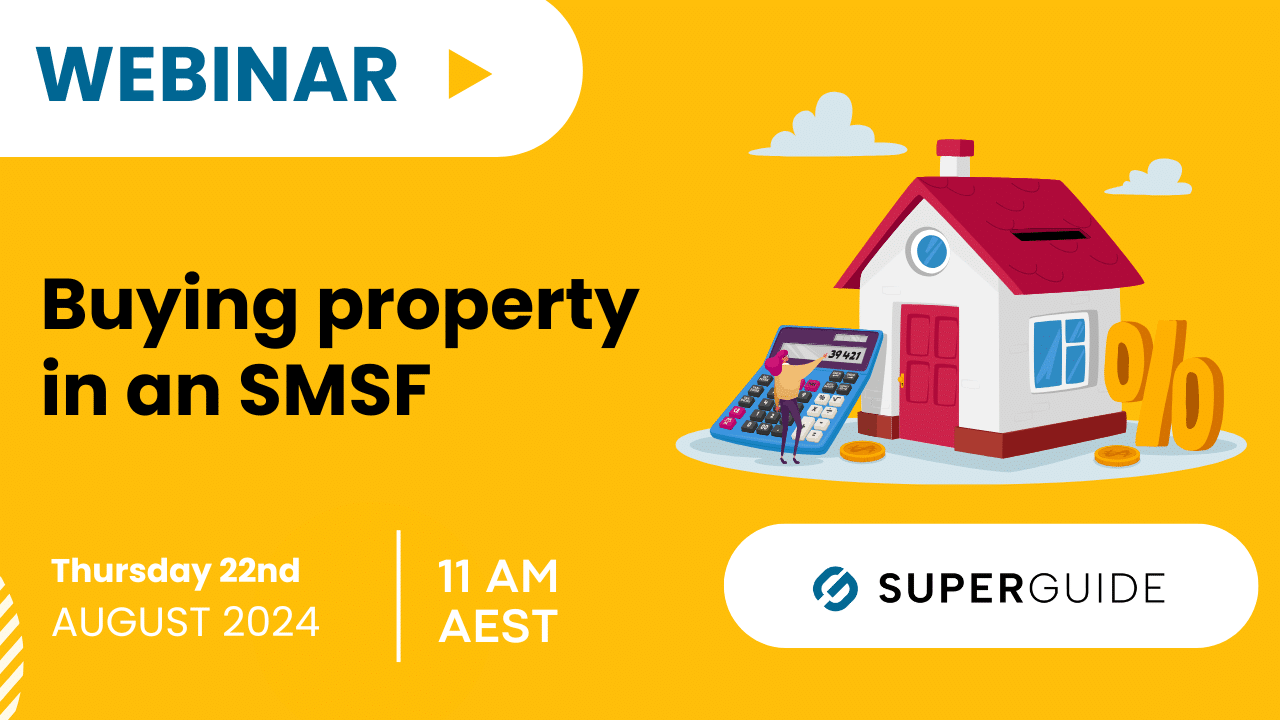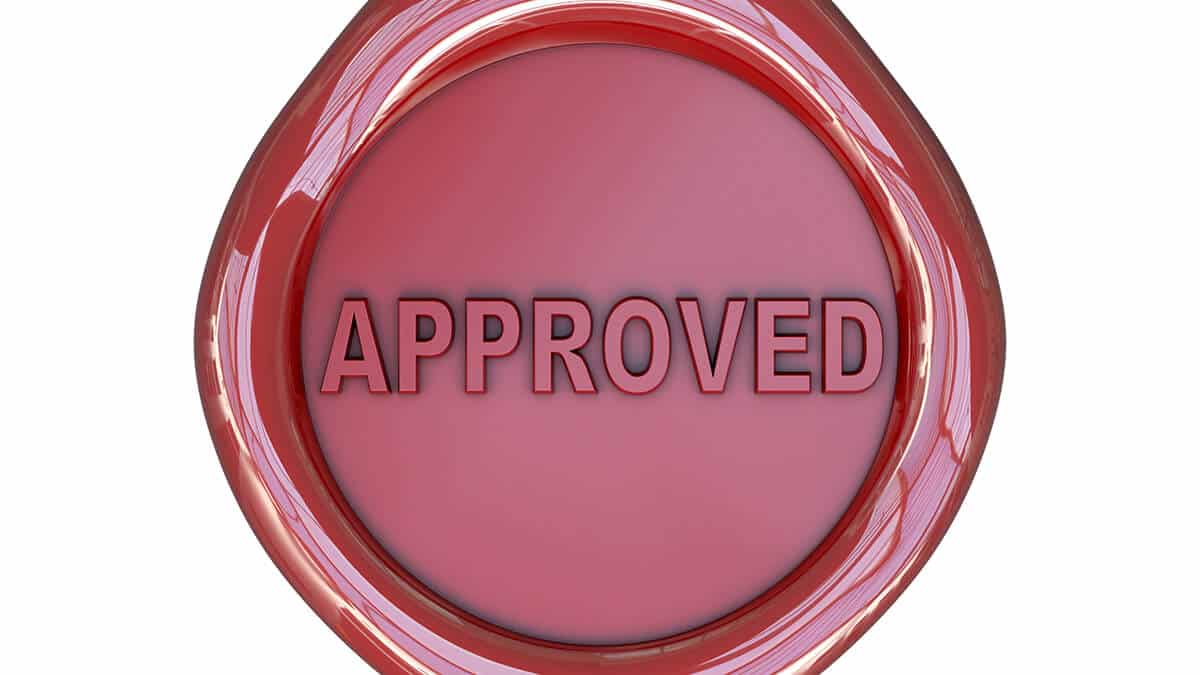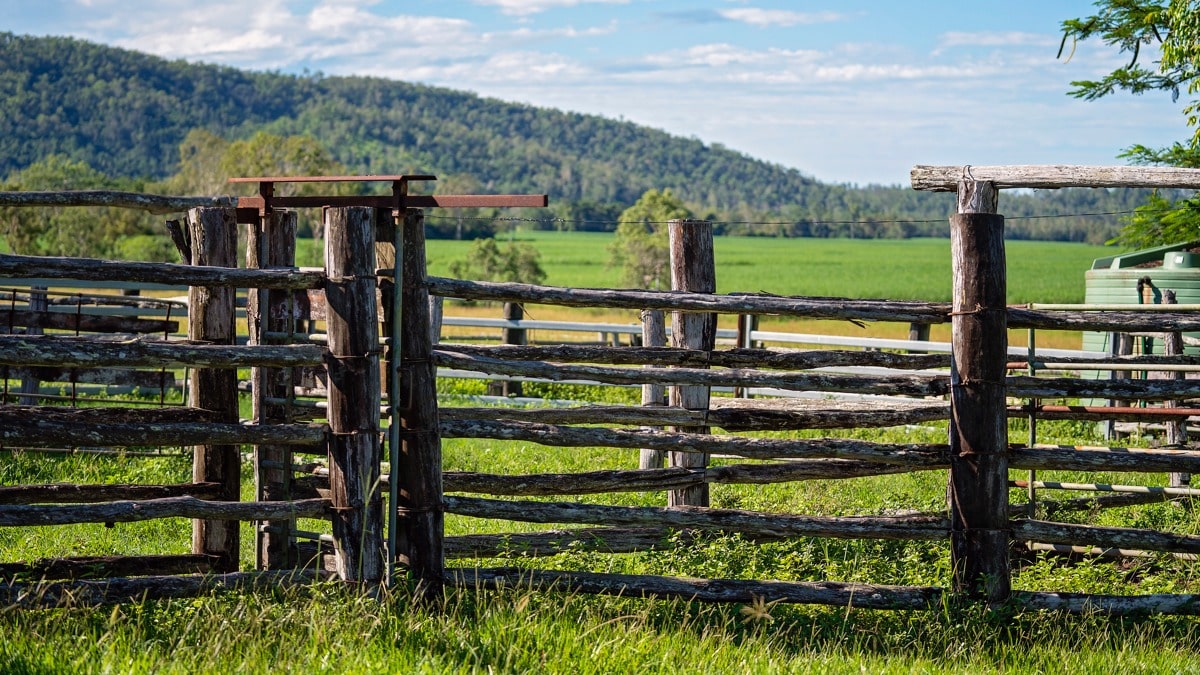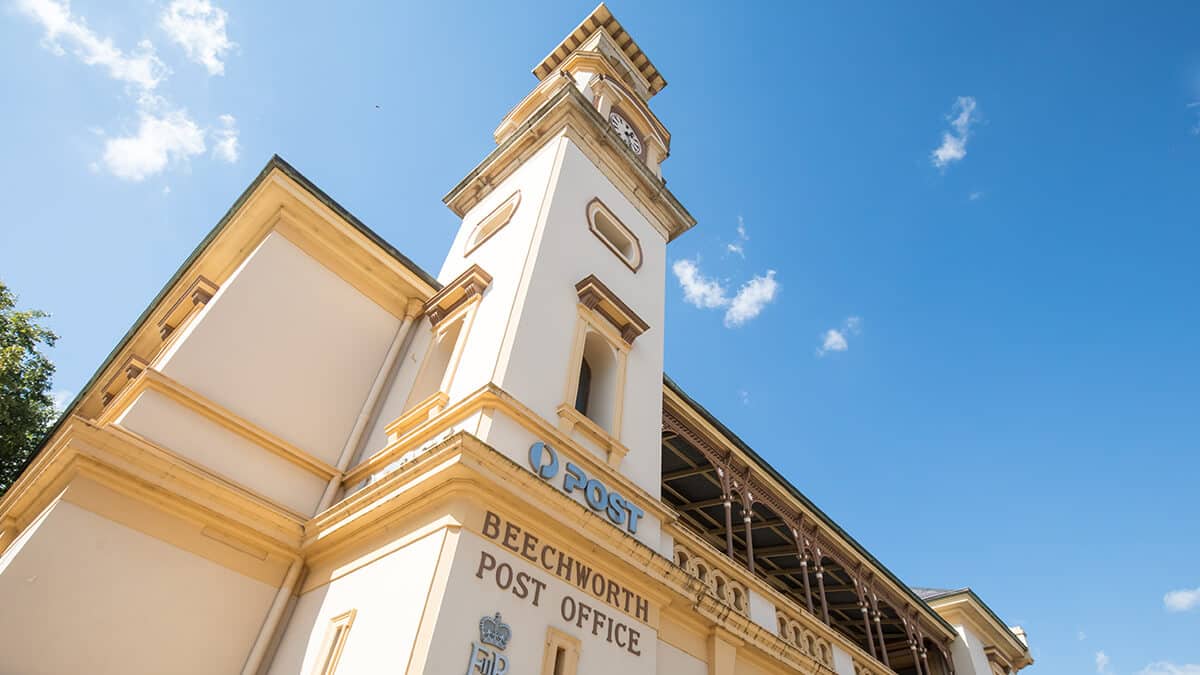In this guide
Introduction
It is well known that Australians have a love affair with property. Whether it be your home, an investment property, a block of land or even a property from where you run your business, we just can’t seem to get enough.
This fondness for property ownership also flows through to our superannuation savings and to self-managed super funds (SMSFs) in particular. ATO data as at December 2022 shows that direct property ownership through SMSFs sits at around 15% of all SMSF assets, held in both direct residential and non-residential property.
Also keep in mind that these figures do not include any indirect property ownership through managed funds, property trusts or other investment vehicles, so the exposure to property through SMSFs would be considerably higher.
Property ownership through an SMSF
There are many ways an SMSF can invest in the property market and there are a number of considerations to weigh up before making that investment.
Direct ownership
This is seen as the easiest and most common approach to property investment. Put simply, your SMSF (Trustee) is the owner of the property. Your SMSF takes cash that it has and acquires a property.
Pros
- Simple.
- Easier to understand; it’s how we would usually buy property.
Cons
- Your SMSF needs to have enough cash to fund the acquisition.
- Makes it more difficult to create diversification within the funds’ investments.
Property ownership with borrowings
The superannuation rules allow an SMSF to use borrowed money to acquire an asset, including property. These borrowing arrangements specific to an SMSF are referred to as limited recourse borrowing arrangements (LRBAs).
Any property purchased via an LRBA must be held in a separate holding (custodian) trust and this overall structure protects the SMSF from the risks associated with borrowing money. The holding trust and its trustee(s) do nothing other than act as the legal owner of the asset, which is why this is often referred to as a 'bare trust'.
The SMSF trustees are the beneficial owner of the property acquired under the LRBA. Any income generated by the property would be paid to the SMSF and any expenses associated with the property would be paid by the SMSF.
Learn more about borrowing to invest.
Pros
- Borrowing may allow SMSF trustees to acquire an asset that it may not otherwise have been able to afford.
- Using borrowed money rather than the SMSFs cash may allow SMSF trustees to diversify the fund’s investment portfolio.
Cons
- The SMSF borrowing rules can be complex. If a borrowing arrangement is entered into or maintained outside the strict rules, you may need to unwind the arrangement.
- SMSF borrowing arrangements can be expensive to establish and maintain. Loan repayments, interest expenses and costs to maintain the overall LRBA can eat into retirement savings.
Joint ownership
SMSFs can own assets, including direct property, with other investors and even with related parties. It is not uncommon to see an SMSF owning a property asset jointly with a family trust or company, or even with the SMSF members personally.
The ownership would usually be held as a tenants in common interest in the property asset and this would need to be clearly identified on the property title.
Income and expenses relevant to the property need to be apportioned in the ownership percentages of each party.
It would usually be recommended to have in place a 'tenants in common agreement' that clearly identifies each party’s rights and obligations.
Pros
- Allows access to an investment asset that may otherwise not be affordable.
- A smaller ownership held by an SMSF may allow SMSF trustees to diversify the fund’s investment portfolio.
- Risks can be shared across entities.
Cons
- There can be compliance issues where income or expenses relating to the property are not dealt with in accordance with the ownership interests.
- If the asset does not meet the requirements to be business real property (most residential property assets would not meet these requirements), the SMSF can’t acquire the other party’s interest in the asset.











